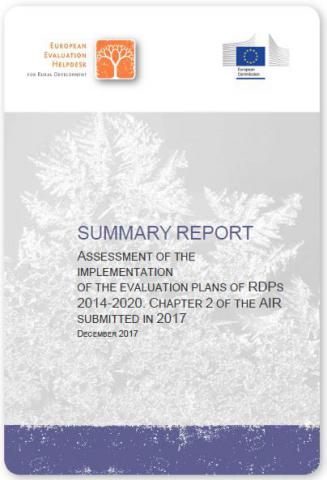
This Report describes the progress in implementing the Evaluation Plans (EP) and is based on the screening of Chapter 2 of the Annual Implementation Reports (AIRs) submitted in 2017.

This Report describes the progress in implementing the Evaluation Plans (EP) and is based on the screening of Chapter 2 of the Annual Implementation Reports (AIRs) submitted in 2017.
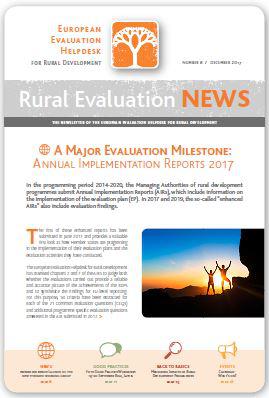
Discover articles on:
Expand your knowledge of:

The main objective of the Guidelines is to provide a non-binding complement to other guidelines and offer advice to RDP evaluation stakeholders on how to carry out the evaluation activities for answering the common evaluation questions related to innovation. Since the RDP’s effects on innovation in rural areas can be expected to take place, most likely, in the long-term, the guidelines focus in particular on those evaluation related activities, which will be reported in the AIR in 2019 and in the ex post evaluation. The Guidelines are structured in three parts:

This Report is a synthesis of the evaluation components included in Chapter 7 of the enhanced AIRs to provide an overview of the achievements of the EU’s rural development policy.
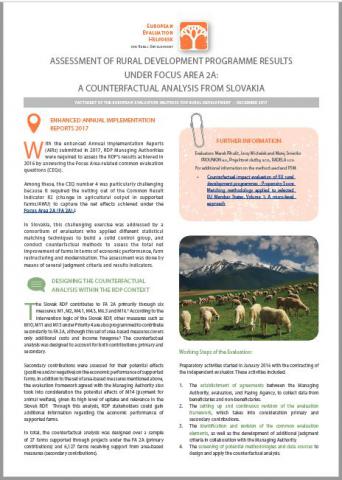
This Factsheet highlights the assessment of rural development programme results under Focus Area 2A in Slovakia, where a counterfactual analysis was used.

As a continuation of the work performed in 2016, the Evaluation Helpdesk has in 2017 developed a Methodological Factsheet which was distributed to all Managing Authorities. The Methodological Factsheet has been conceptualised as a tool for the European Commission and the Member States to collect the approaches used for the HNV farming indicator in a comparable format. This working document presents the results and findings of this survey.

This report summarises the major outcomes of the Good Practice Workshop, 'How to report on evaluation in the Annual Implementation Reports: experiences and outlook', which took place on 19-20 September, 2017 in Riga (Latvia).
The aim of the workshop was to provide a forum for the discussion of challenges faced when carrying out the necessary monitoring and evaluation activities related to the AIR submitted in 2017. Furthermore, this workshop provided a space for the exchange of solutions and the engagement of participants to contribute to the simplification and improvement of the evaluation in the AIRs submitted in 2019 and the ex post evaluation.
This workshop brought together evaluators, Managing Authorities, EC representatives and members of the Evaluation Helpdesk team.
Case studies from Slovakia, Finland, and Latvia, and informative speeches from Spain and the Czech Republic were presented during this workshop and are summarised in this report.
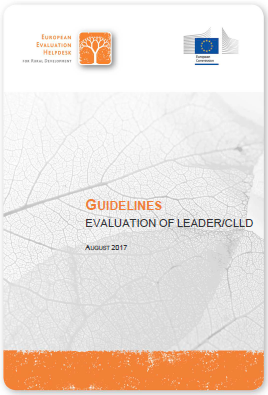
The Guidelines: Evaluation of LEADER/CLLD is a non-binding document, which serves to complement the legal requirements relating to LEADER/CLLD evaluations. The document clarifies the common elements related to LEADER/CLLD evaluations and gives a wider set of recommendations on how to formulate and manage LEADER/CLLD evaluations, both at the RDP and LAG levels. The Guidelines are drafted to be a practical, hands-on guide for LEADER/CLLD evaluation stakeholders. They include step-by-step recommendations on the process and available methodologies for the evaluation of LEADER/CLLD. The Guidelines are divided into four parts:
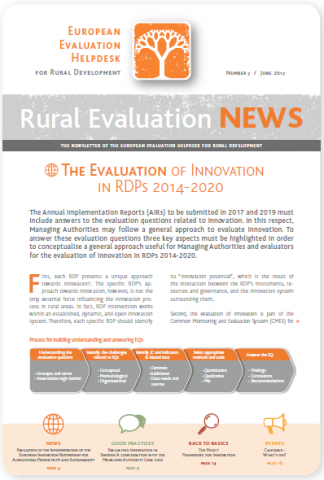
Discover articles on:
Expand your knowledge of:

This study used firm-level micro data to estimate the productivity effects of investment support (measure 121). The recently developed Coarsened Exact Matching (CEM) method was used to model the selection bias attached to the assignment of support and to estimate the causal effects.